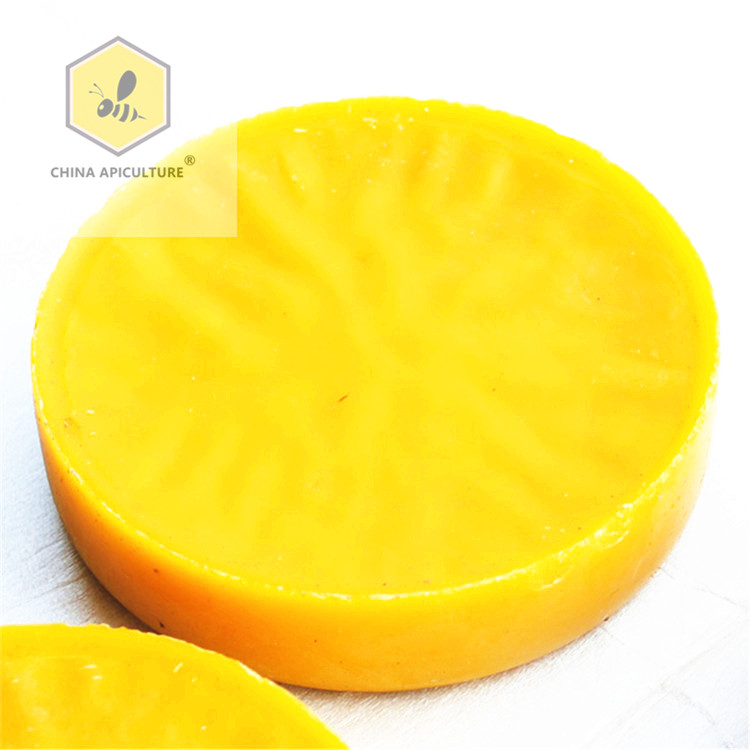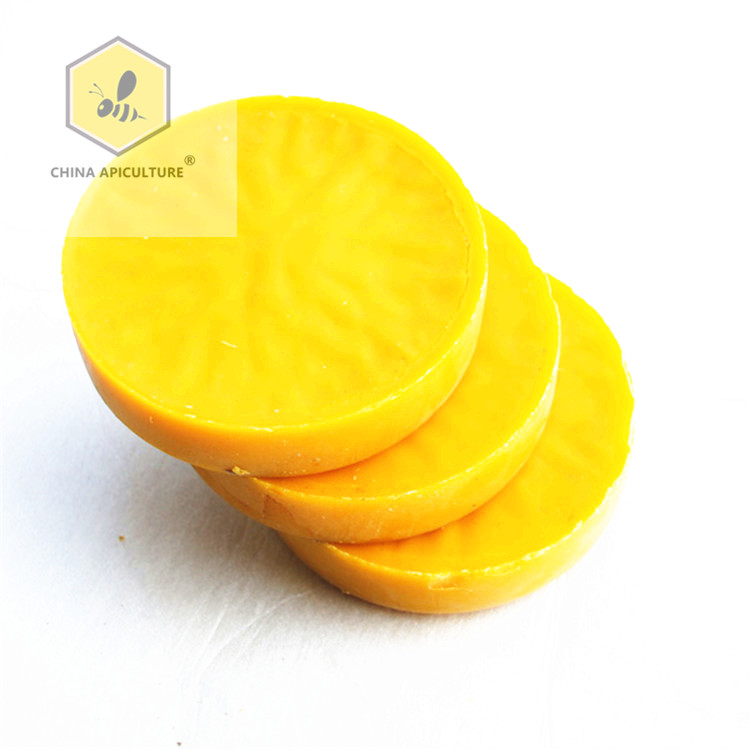Yellow beeswax slabs-A/B/C
| Name: | Yellow beeswax slabs-A/B/C |
|---|
|
YELLOW BEESWAX SLABS-A |
|||
|
ITEM |
Measure Unit |
STANDARD |
Result |
|
Hydrocarbon |
% |
16-18 |
17.6 |
|
Melting point |
℃ |
62-67 |
63 |
|
Acid value |
(KOH mg/g) |
17-23 |
17 |
|
Saponification value |
(KOH mg/g) |
75-110 |
87 |
|
Refractive Index |
(75 °C) |
1.4410-1.4430 |
1.4420 |
|
Ash |
% |
<0.3 |
0.21 |
|
Specific Gravity |
g/cm³(20°C) |
0.955-0.980 |
0.965 |
|
Ester Value |
Mg/g |
70-80 |
70 |
|
Total Volatile Matter |
% |
0.75 |
- |
|
Ratio Number |
ester/ acid |
3.5-4.7 |
4.1 |
|
YELLOW BEESWAX SLABS-B |
|||
|
ITEM |
Measure Unit |
STANDARD |
Result |
|
Hydrocarbon |
% |
20-30 |
28.4 |
|
Melting point |
℃ |
62-67 |
62 |
|
Acid value |
(KOH mg/g) |
17-23 |
13 |
|
Saponification value |
(KOH mg/g) |
75-110 |
80 |
|
Refractive Index |
(75 °C) |
1.4410-1.4430 |
1.4422 |
|
Ash |
% |
<0.3 |
0.23 |
|
Specific Gravity |
g/cm³(20°C) |
0.955-0.980 |
0.968 |
|
Ester Value |
Mg/g |
70-80 |
67 |
|
Total Volatile Matter |
% |
0.75 |
- |
|
Ratio Number |
ester/ acid |
3.5-4.7 |
3.7 |
|
YELLOW BEESWAX SLABS-C |
|||
|
ITEM |
Measure Unit |
STANDARD |
Result |
|
Hydrocarbon |
% |
30-50 |
48 |
|
Melting point |
℃ |
62-67 |
62 |
|
Acid value |
(KOH mg/g) |
- |
3.1 |
|
Saponification value |
(KOH mg/g) |
- |
129 |
Product Description
Beeswax is a major bee product and can be used in various ways. Industrially it is used in cosmetics, pharmaceuticals and textiles. Other uses include beekeeping industry, candle making and leather industry.





